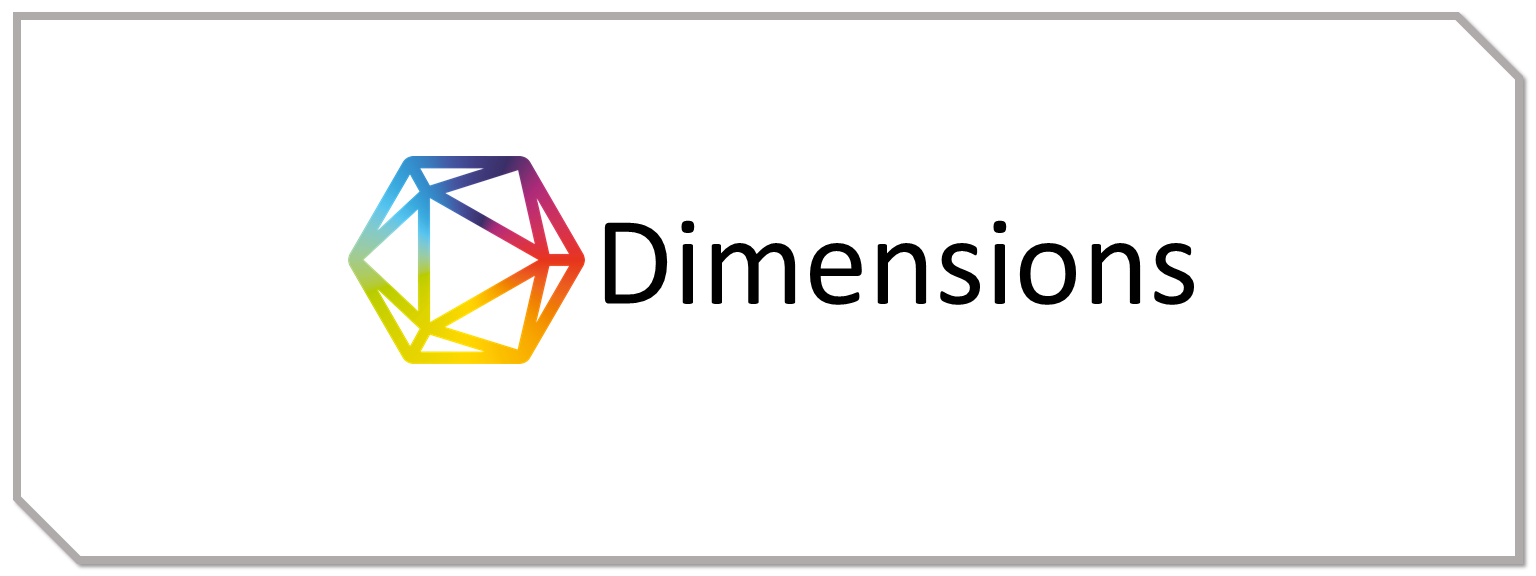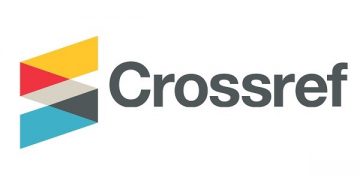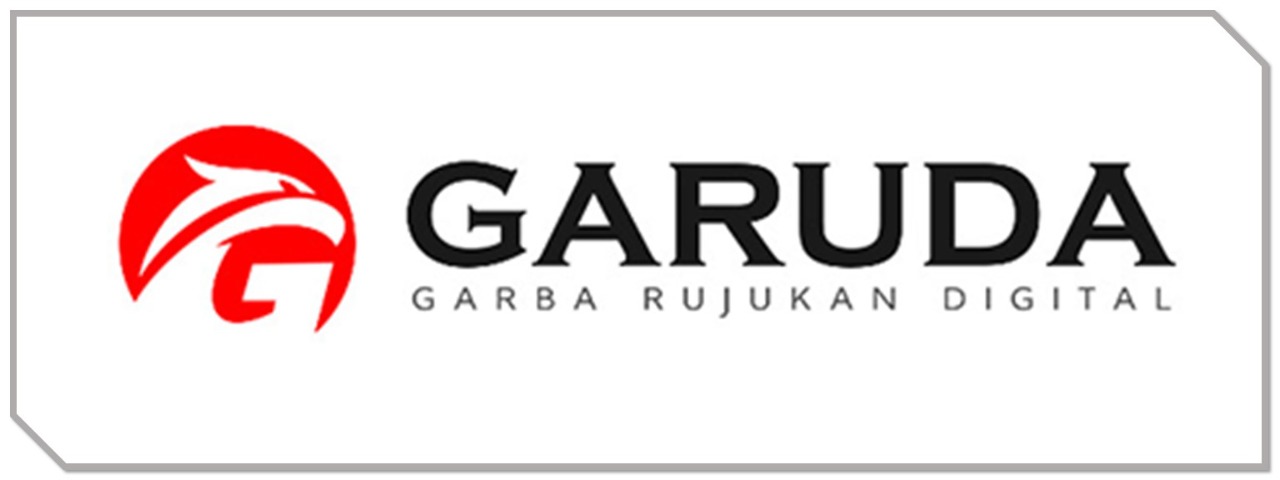STUDI KUALITATIF TENTANG STRES DAN MEKANISME KOPING KARYAWAN GEN Z SEBAGAI GENERASI RENTAN DI DUNIA KERJA
DOI:
https://doi.org/10.61722/jssr.v3i5.5733Keywords:
Generation Z, workplace stress, coping mechanisms, employee well-being, qualitative studyAbstract
This study aims to understand the causes of stress and the coping mechanisms used by Generation Z (Gen Z) employees in the workplace. Gen Z, born between 1997 and 2012, is characterized by high digital literacy and expectations for work-life balance and meaningful employment. Using a qualitative approach, this research explores their stress experiences and coping strategies in dealing with workplace challenges such as performance pressure, economic uncertainty, and social media influence. The findings reveal that Gen Z tends to adopt a mix of adaptive and maladaptive coping mechanisms. Effective strategies such as seeking social support, meditation, and physical exercise positively impact their performance and well-being. This study highlights the crucial role of organizations in creating supportive work environments and offering stress management training to help Gen Z employees adapt and thrive.
References
Aldao, A., Nolen-Hoeksema, S., & Schweizer, S. (2010). Emotion-regulation strategies across psychopathology: A meta-analytic review. Clinical Psychology Review, 30(2), 217–237.
Arifin, Z., & Rahman, A. (2019). Pengaruh dukungan sosial terhadap stres kerja karyawan. Jurnal Psikologi, 15(2), 123–135.
Badan Pusat Statistik. (2021). Statistik ketenagakerjaan. Jakarta: BPS.
Badan Pusat Statistik. (2022). Statistik angkatan kerja. Jakarta: BPS.
Bakker, A. B., & Demerouti, E. (2017). Job demands-resources theory: Taking stock and looking forward. Journal of Occupational Health Psychology, 22(3), 273–285.
Carver, C. S., & Connor-Smith, J. K. (2010). Personality and coping. Annual Review of Psychology, 61, 679–704.
Carver, C. S., Scheier, M. F., & Weintraub, J. K. (1989). Assessing coping strategies: A theoretically based approach. Journal of Personality and Social Psychology, 56(2), 267–283.
Creswell, J. W. (2016). Research design: Qualitative, quantitative, and mixed methods approaches (4th ed.). Sage Publications.
Deloitte. (2020). The Deloitte Global Millennial Survey 2020. Retrieved from https://www2.deloitte.com
Deloitte. (2021). Global Millennial Survey 2021. Deloitte.
Deloitte. (2022). Gen Z and the future of work. Deloitte.
Dewi, A. (2021). Strategi koping karyawan muda dalam menghadapi stres kerja. Jurnal Psikologi, 15(2), 123–134.
Fitriani, N. (2023). Pengaruh mekanisme koping terhadap kesejahteraan psikologis karyawan. Jurnal Manajemen Sumber Daya Manusia, 12(1), 45–58.
Folkman, S., & Moskowitz, J. T. (2004). Coping: Pitfalls and promise. Annual Review of Psychology, 55(1), 745–774.
Gallup. (2021). State of the global workplace: 2021 report. Gallup Press.
Goleman, D. (2013). Focus: The hidden driver of excellence. HarperCollins.
Halim, A. (2020). Manajemen stres di tempat kerja. Jakarta: Penerbit Universitas Indonesia.
Junaidi, M. (2020). Pengaruh stres kerja terhadap kinerja karyawan. Jurnal Manajemen, 12(1), 45–60.
Karasek, R. A. (1979). Job demands, job decision latitude, and mental strain: Implications for job redesign. Administrative Science Quarterly, 24(2), 285–308.
Kahn, R. L., Wolfe, D. M., Quinn, R. P., Snoek, J. D., & Rosenthal, R. A. (2018). Organizational stress: Studies in role conflict and ambiguity. Wiley.
Keng, S. L., Smoski, M. J., & Robins, C. J. (2011). Effects of mindfulness on psychological health: A review of empirical studies. Clinical Psychology Review, 31(6), 1041–1056.
Kivimäki, M., Nyberg, S. T., Batty, G. D., et al. (2015). Job strain and risk of cardiovascular disease: A meta-analysis. European Heart Journal, 36(20), 1263–1269.
Lazarus, R. S., & Folkman, S. (1984). Stress, appraisal, and coping. Springer Publishing Company.
LinkedIn. (2022). Workplace learning report. LinkedIn.
Luthans, F. (2011). Organizational behavior (12th ed.). New York: McGraw-Hill.
Luthans, F., & Youssef, C. M. (2007). Emerging positive organizational behavior. Journal of Management, 33(3), 321–349.
Mardiana, D. (2022). Karyawan Gen Z dan stres di tempat kerja. Jurnal Psikologi, 15(3), 200–215.
McKinsey & Company. (2020). The future of work: A journey to 2022. McKinsey Global Institute.
McKinsey & Company. (2021). The future of work: Reshaping the workplace. McKinsey & Company.
Moleong, L. J. (2017). Metodologi penelitian kualitatif (Edisi Revisi). Remaja Rosdakarya.
Pew Research Center. (2019). Defining generations: Where Millennials end and Generation Z begins. Retrieved from https://www.pewresearch.org
Prabowo, S. (2021). Strategi mengatasi stres pada karyawan Gen Z. Jurnal Sumber Daya Manusia, 8(2), 120–135.
Pramudita, R. (2020). Koping stres pada karyawan Gen Z. Jurnal Psikologi dan Kesehatan, 8(3), 201–210.
Prasetyo, A. T., & Supriyadi, S. (2020). Budaya organisasi dan kesejahteraan karyawan. Jurnal Manajemen dan Kewirausahaan, 8(1), 45–58.
PwC. (2020). Workforce of the future: The competing forces shaping 2020. PwC Report.
Rahayu, S. (2021). Dampak stres kerja pada karyawan Gen Z. Jurnal Ilmu Manajemen, 9(4), 300–315.
Sari, D. (2021). Tipe-tipe mekanisme koping pada karyawan. Jurnal Psikologi, 10(1), 56–67.
Sari, R. (2021). Jenis-jenis stres dan dampaknya di tempat kerja. Jurnal Psikologi Industri, 10(2), 75–90.
Selye, H. (1976). The stress of life. New York: McGraw-Hill.
Setiawan, B. (2020). Perilaku koping karyawan muda di era digital. Jurnal Psikologi Industri, 5(2), 75–88.
Setiawan, B. (2022). Stres kronis dan produktivitas karyawan. Jurnal Ekonomi dan Bisnis, 14(1), 30–50.
Twenge, J. M., Joiner, T. E., Rogers, M. L., & Martin, G. N. (2019). Increases in depressive symptoms, suicide-related outcomes, and suicide rates among U.S. adolescents after 2010 and links to increased new media screen time. Clinical Psychological Science, 7(3), 467–486.
Twenge, J. M., Joiner, T. E., Rogers, M. L., & Martin, G. N. (2019). Increases in depressive symptoms, suicide-related outcomes, and suicide rates among U.S. adolescents from 2010–2015 and comparisons to the 1991–1994 period. Journal of Abnormal Psychology, 128(1), 1–14.
Wahyuni, L. (2021). Penyesuaian karyawan terhadap lingkungan kerja. Jurnal Manajemen Sumber Daya Manusia, 9(1), 55–70.
World Economic Forum. (2021). The future of jobs report 2021. Retrieved from https://www.weforum.org
Downloads
Published
Issue
Section
License
Copyright (c) 2025 JOURNAL SAINS STUDENT RESEARCH

This work is licensed under a Creative Commons Attribution-ShareAlike 4.0 International License.













